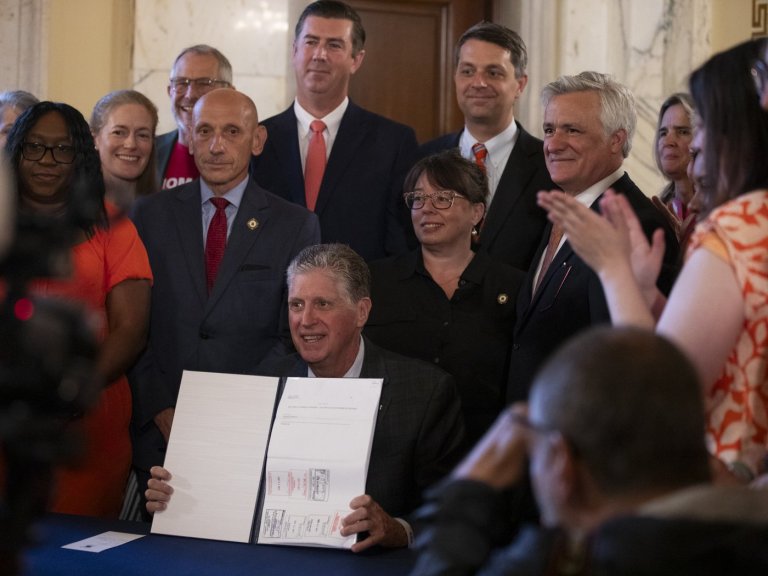US home prices rise 5.5 pct. from year earlier, boosted by job growth and low mortgage rates
WASHINGTON – Steady job growth, low mortgage rates and tight inventories helped fuel rising U.S. home prices in October.
The Standard & Poor’s/Case-Shiller 20-city home price index rose 5.5 per cent in the 12 months ending in October, up from a 5.4 per cent pace in September, according to a report released Tuesday.
Home values have climbed at a roughly 5 per cent pace during much of 2015, as strong hiring has bolstered a real estate market still recovering from a housing bust that triggered a recession eight years ago. Home sales have increased this year as the 5 per cent unemployment rate has strengthened confidence in the economy.
“The U.S. housing market as a whole made great progress in 2015, as the big and occasionally volatile bounce off the bottom we experienced from 2012 through 2014 gave way to a more stable and sustainable environment,” said Svenja Gudell, chief economist at the real estate firm Zillow.
Rising demand, however, hasn’t been met with an increase in sales listings, causing prices to rise much faster than inflation or wages this year. This could limit the number of first-time buyers coming into the market next year. Still, many buyers are also benefiting from 30-year, fixed-rate mortgages averaging less than 4 per cent, making it cheaper to borrow for a home. Mortgage rates have historically been closer to 6 per cent.
Borrowing costs are expected to rise shortly after the Federal Reserve this month raised a key short-term interest rate for the first time in nearly a decade. Yet the federal funds rate — what banks charge each other to lend overnight — remains low at 0.25 per cent to 0.5 per cent, such that mortgage rates are unlikely to return to their historic averages.
When the Fed previously hiked this rate from 1 per cent to 5.25 per cent through the middle of 2007, mortgage rates increased a mere 0.75 points.
“These data suggest that potential homebuyers need not fear runaway mortgage interest rates,” said David Blitzer, chairman of the index committee at S&P Dow Jones.
But the gains have been uneven. San Francisco, Denver and Portland, Oregon led with reported increases of 10.9 per cent over the past year. Prices in Chicago and Washington, District of Columbia rose less than 2 per cent. The 20-city index remains 11.5 per cent below its peak in July 2006, with metro areas such as Cleveland, Detroit, Miami, Minneapolis and Tampa still significantly below their pre-recession highs.
Sales of existing homes did slow in November, although that appears to largely reflect new mortgage disclosure rules rather than a decline in demand.
The National Association of Realtors said last week that sales of existing homes tumbled 10.5 per cent to a seasonally adjusted annual rate of 4.76 million. Still, home sales are on track to rise roughly 5 per cent for the entire year.
The limited supplies are pushing up prices as buyers are chasing a narrow inventory of properties. The number of listings on the market has dropped 1.9 per cent from a year ago, according to the Realtors.
The Case-Shiller index covers roughly half of U.S. homes. The index measures prices compared with those in January 2000 and creates a three-month moving average. The October figures are the latest available.
___
This story has been corrected to show that the home prices report was released on Tuesday, not Thursday.
Join the Conversation!
Want to share your thoughts, add context, or connect with others in your community? Create a free account to comment on stories, ask questions, and join meaningful discussions on our new site.












Leave a Reply
You must be logged in to post a comment.